More than 40 warplanes and over 1,000 personnel from four nations are taking part in Atlantic Trident 25, a major multinational air combat exercise in Finnish airspace from 16th to 27th June 2025.
The exercise marks the first time Finland has hosted the event, a notable expansion from its traditional U.S.-UK-France format, following the nation’s accession to NATO last year.
The drills involve Finnish F/A-18 Hornets, U.S. F-35A Lightning IIs and F-15E Strike Eagles, Royal Air Force Typhoons, and French Rafale fighters, alongside a full suite of support aircraft including tankers, transports, and an E-3 AWACS. The focus is on sharpening the integration of fourth- and fifth-generation aircraft and preparing allied forces for complex, contested air combat environments.
The exercise is led by U.S. Air Forces in Europe–Air Forces Africa (USAFE-AFAFRICA) and described as a tactical-level event aimed at enhancing “tactical proficiency, building trust, and demonstrating the U.S. military’s ability in high-end, multi-nation operations.” It forms part of broader efforts to reinforce allied interoperability and deter potential aggression through visible and credible deployments of combat power.
The choice of Finland as host is particularly significant. Since joining NATO in April 2023, Finland has brought a capable, high-readiness military to the alliance, alongside a 1,300-kilometre land border with Russia. Its participation in such large-scale, allied air operations so close to that frontier signals a growing confidence in regional deterrence and an evolving NATO posture in the High North and Baltic region.
The context is transformative. Finland and Sweden’s entry into NATO, ending decades of military non-alignment, represents one of the most consequential strategic shifts in Europe since the end of the Cold War. Prompted by Russia’s full-scale invasion of Ukraine in 2022, the two Nordic countries sought the collective security guarantees offered by NATO’s Article 5.
Finland’s geographical position gives NATO greater operational depth and immediate access to critical northern terrain. Sweden, which joined the alliance in March 2024, enhances NATO’s control over the Baltic Sea and Arctic approaches, offering strategic assets like Gripen fighters, Gotland-class submarines, and the island of Gotland itself.
Together, their accession enables NATO to plan and execute integrated defence of the Baltic and Arctic more effectively than ever before, closing long-standing geographic gaps in alliance posture. Atlantic Trident 25, now held in Finnish skies, is a visible demonstration of that new strategic reality.



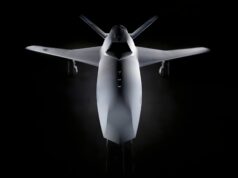

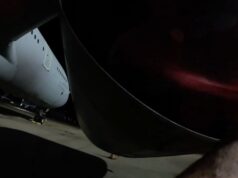
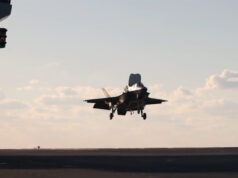
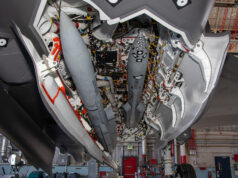
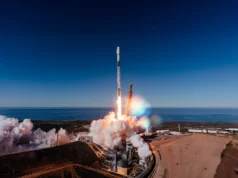
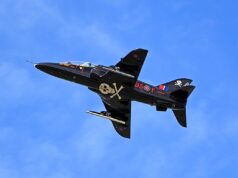


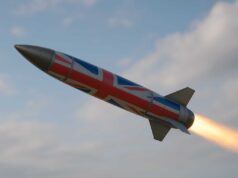

I bet Putin can’t wait for this to “Finnish”.
“There’s a man over there, what’s his colour, I don’t care
He’s my brother, let him live in peace”
Border song.
Unbelievable that the ECRS 2 AND meteor have both been delayed til ‘early 2030s’. I mean, what the fuck – constant probing of NATO airspace by Russian planes, and we’re pissing around with the two most necessary upgrades to our existing Airforce. I haven’t read anywhere what the cause of the delay is, but it can’t be something that isn’t solvable with the adequate political will.
US DoD prioritising the development and integration of AIM-260 on all airframes before anything else.
Its ridiculous. the whole UK defence posture is ridiculous.
We need to seriously get a grip. Its frankly insanity to not push ECR2 into service asap, its insane not to order another batch of 36 typhoon with the latest radar
Its non sensical to not push through some form of GBAD to ensure we can at least guard our critical national infrastructure and military sites.
We all know the cause of this mess rests with the previous Tory government but Labour need to do what is necessary to ensure the defence of the realm